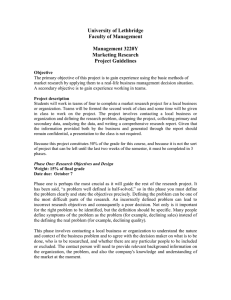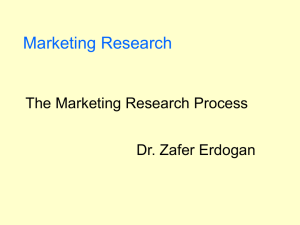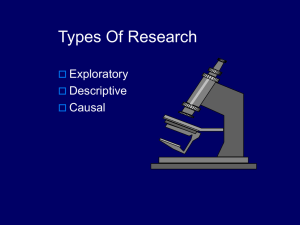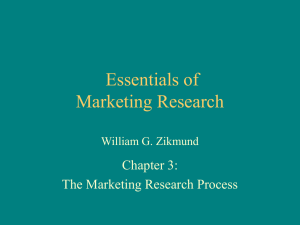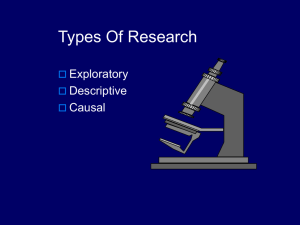A marketing information system (MIS) consists of people
advertisement
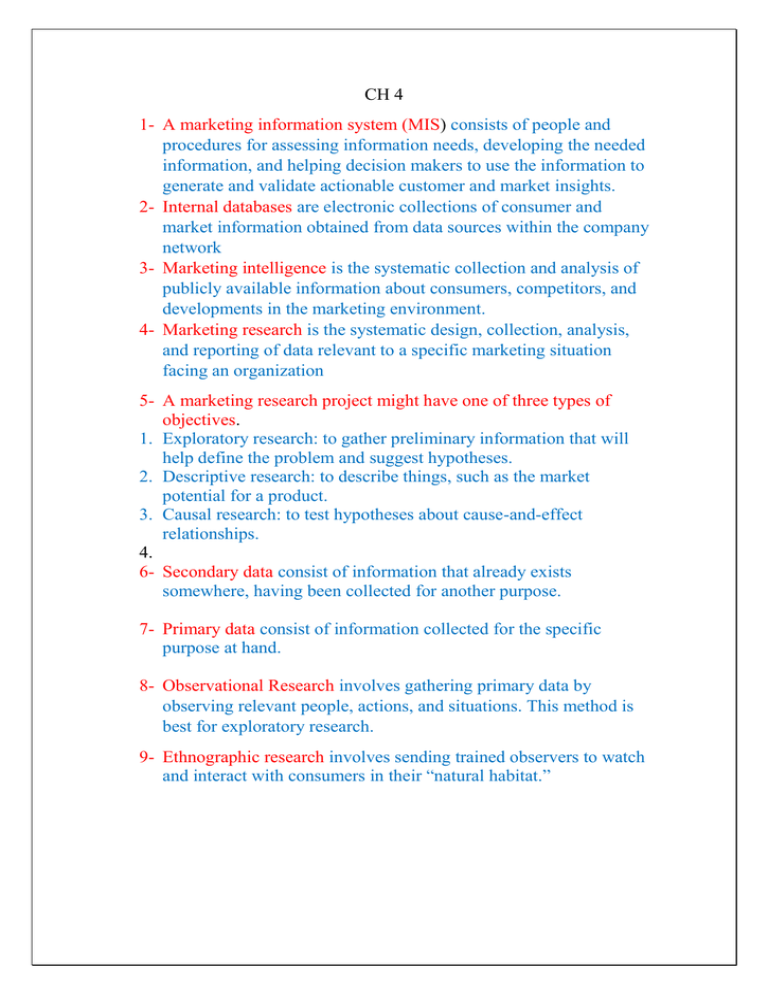
CH 4 1- A marketing information system (MIS) consists of people and procedures for assessing information needs, developing the needed information, and helping decision makers to use the information to generate and validate actionable customer and market insights. 2- Internal databases are electronic collections of consumer and market information obtained from data sources within the company network 3- Marketing intelligence is the systematic collection and analysis of publicly available information about consumers, competitors, and developments in the marketing environment. 4- Marketing research is the systematic design, collection, analysis, and reporting of data relevant to a specific marketing situation facing an organization 5- A marketing research project might have one of three types of objectives. 1. Exploratory research: to gather preliminary information that will help define the problem and suggest hypotheses. 2. Descriptive research: to describe things, such as the market potential for a product. 3. Causal research: to test hypotheses about cause-and-effect relationships. 4. 6- Secondary data consist of information that already exists somewhere, having been collected for another purpose. 7- Primary data consist of information collected for the specific purpose at hand. 8- Observational Research involves gathering primary data by observing relevant people, actions, and situations. This method is best for exploratory research. 9- Ethnographic research involves sending trained observers to watch and interact with consumers in their “natural habitat.” 10- Survey Research, the most widely used method for primary data collection, is the approach best suited for gathering descriptive information 11- Experimental Research is best suited for gathering causal (causeand-effect relationships) information. 12- Sampling Plan a sample is a segment of the population selected for marketing research to represent the population as a whole. 13- A data warehouse is a companywide electronic database of finely detailed customer information that needs to be sifted through for insights 14- Data mining techniques to sift through (search) the mounds of data to dig out interesting findings about customers
